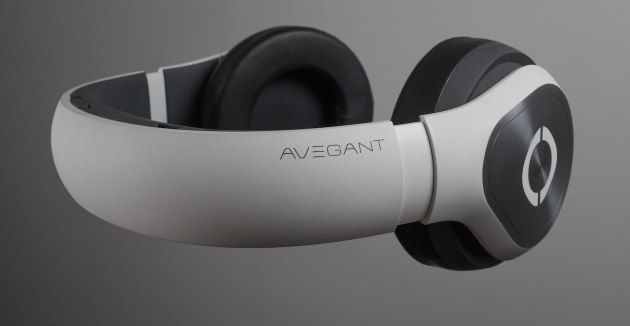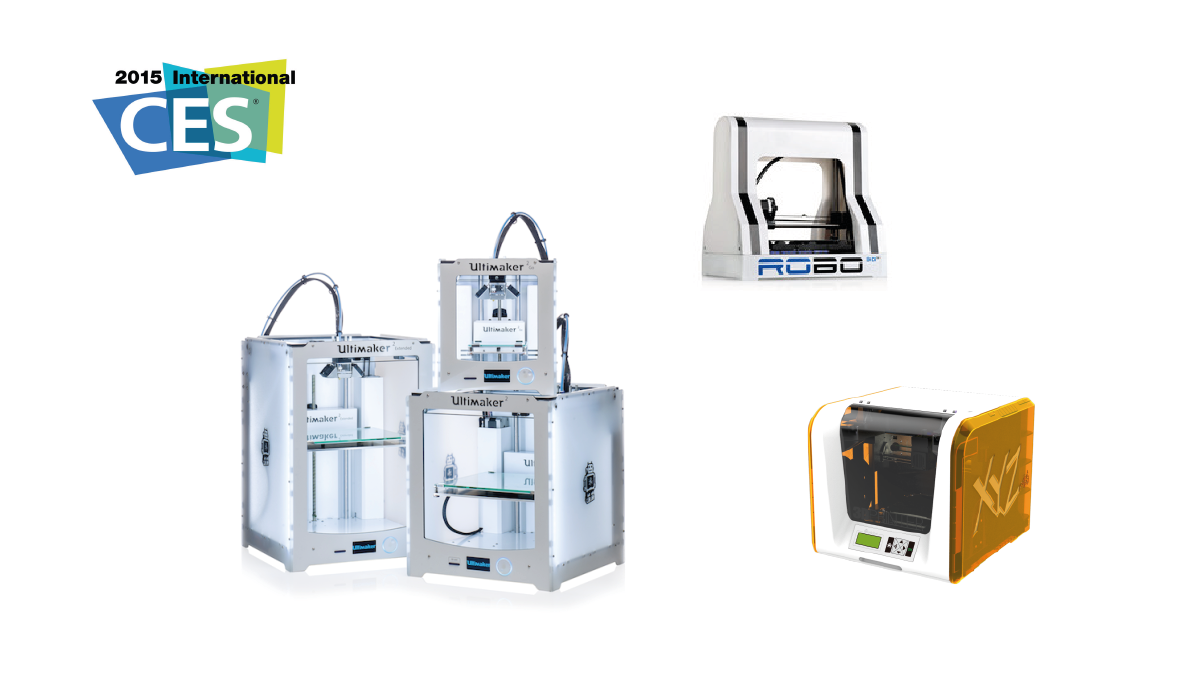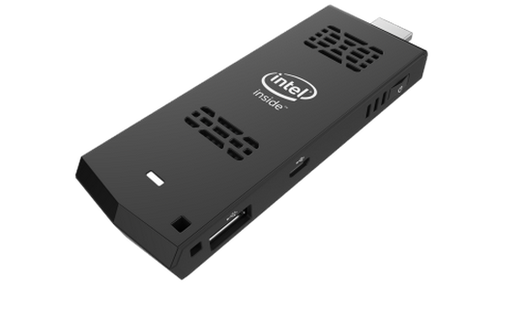CES 2015 is big: the Las Vegas Convention Center seems to stretch for miles, and, well, it does. And as “it” categories like wearables and the Internet of Things gained in popularity, CES has expanded to new locations. This year, a third location has opened: C Space at the Aria, which is the dedicated headquarters for marketers, content fiends, social scouts, and ad tech and TV.
Five booths to see
- BrightLine: Smart TV ad solutions that bring TV ads into the 21st century. Booth CS-4.
- Samba TV: Samba TV’s advanced automated content recognition technology is forging a more insightful and more impactful relationship between TV and mobile. Booth CS-2.
- The Onion: Not just the Web’s best satire publication, The Onion is an innovative and rapidly expanding publisher with an eye for interesting ad solutions. Booth CS-1.
- TubeMogul: Specializing in programmatic, TubeMogul is on the forefront of digital ads. It’s also the only digital programmatic company to date that is publicly traded. Booth CS-3.
- Watchwith: Operating in the second-screen universe, Watchwith will be implementing a very interesting integration — Syfy’s new 12 Monkeys TV series will sync with Philips Hue connected lighting via its technology. Booth CS-8.




